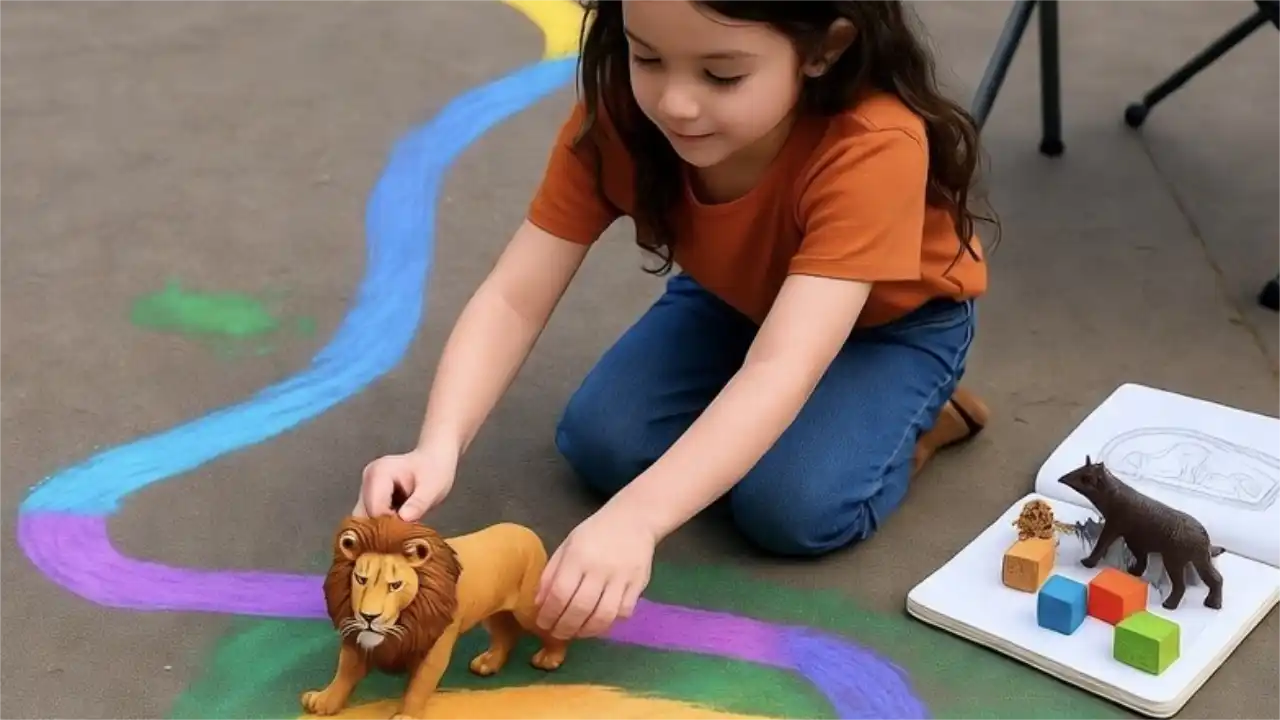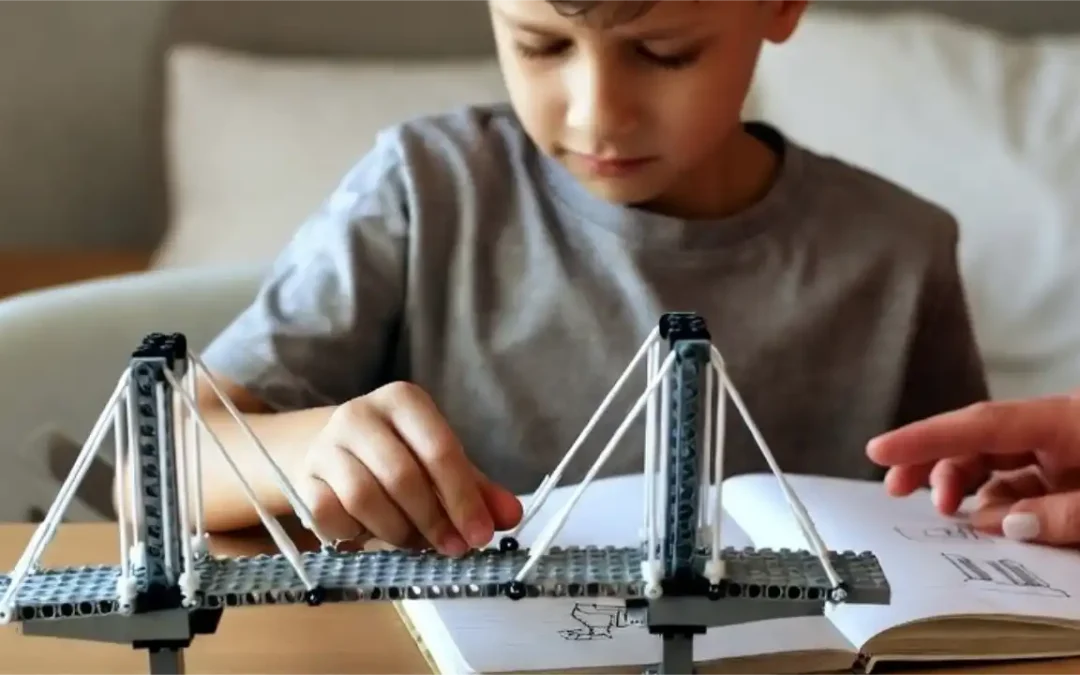
Encouraging Exploration of Interests: Offer Age-Appropriate Creative Activities
O
ne afternoon, my daughter filled the driveway with looping chalk lines. “It’s a zoo,” she said, pointing out where lions lived and flamingos would stand. We added animals together, building a world across the pavement. Giving kids activities suited to their age turns their ideas into something they can touch, shape, and share. As she moved from two-dimensional drawings to miniature zoo models with toy animals, fences, and food bowls, her creative play deepened. She began to think about space, needs, and relationships—noticing where water should go, how to keep animals safe, what made the habitat feel right. These weren’t just crafts; they were lessons in observation and design, shaped by her own curiosity.
With each version, her projects became more intentional. We’d talk about which animals lived together, or how to build a tree with better shade. She used blocks to build enclosures, labeled species, and adjusted her layouts. These changes came from questions we asked together—“What does this animal need?” or “What makes this space work better?” That steady back-and-forth helped her refine her vision, and she eventually brought her miniature zoo to school, explaining her choices with confidence. The hands-on practice gave her both creative freedom and structure—tools she now uses in group presentations, science activities, and writing assignments.
Matching your child with the right tools for their stage—chalk, craft kits, modeling clay, or beginner tech—helps them bring ideas to life. Ask simple questions as they create, and praise the effort behind each adjustment. Change the medium from time to time to keep things fresh and encourage them to explore different forms of expression. These small, age-appropriate activities aren’t just play—they’re quiet rehearsals for bigger projects ahead. They teach kids to plan, revise, and explain—and to take pride in what they’re building.
Encouraging Exploration of Interests

Encouraging Exploration of Interests: Test Ideas with Simple Questions
Asking “why” and “how” teaches children to think. Guide reasoning gently with simple questions that deepen understanding and curiosity.

Encouraging Exploration of Interests: Notice Interests and Ask Questions
Follow your child’s interests with curiosity and support. Asking thoughtful questions encourages motivation, creativity, and deeper engagement.
Table of contents

Primordial Soup for the Mind: Navigation
Navigate the book Primordial Soup for the Mind.
TIPS
- Pick activities like chalk drawing or robotics by age.
- Praise their effort to show you value their work.
- Change activities monthly to keep them engaged.
- Ask “What are you making?” to start ideas.
ACTIVITIES
- Chalk Zoo: Draw with chalk, ask, “What are you making?” Create for 15 minutes.
- Clay Craft: Mold shapes, talk about their ideas, 20 minutes.
EXAMPLE
My son made clay fish, saying, “They swim!” His models started a sculpting hobby.

Download “Primordial Soup for the Mind: A Parent’s Guide to Nurturing Intellectual Growth”
Enter your information to get this article and hundreds more as part of the FREE book Primordial Soup for the Mind.
Share your thoughts with the Thought Academy community in the Comments section below.

Sharpen those skills!
Enter your information to get our FREE practice exercises so you can hone your critical thinking and reasoning skills!







0 Comments